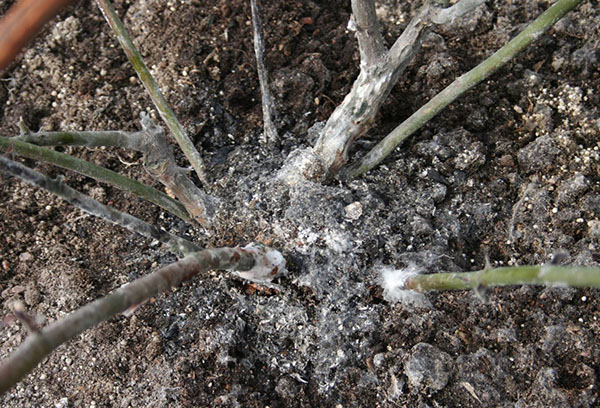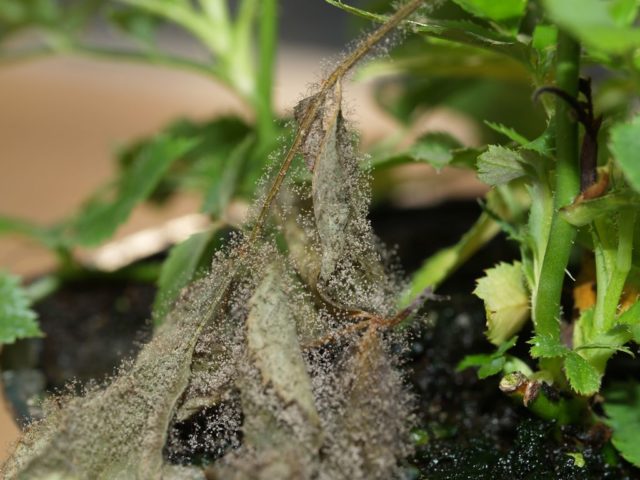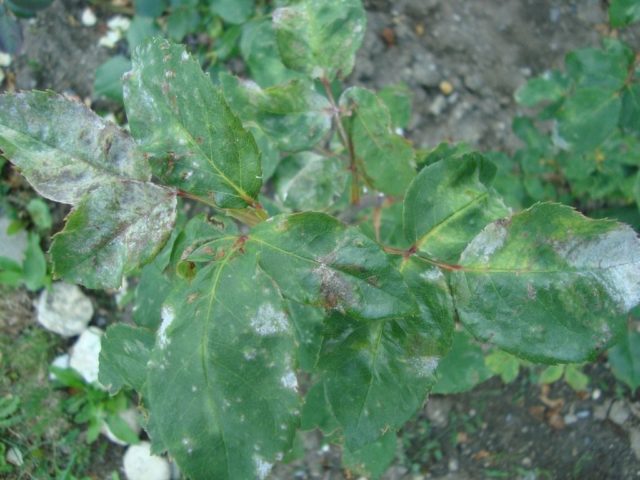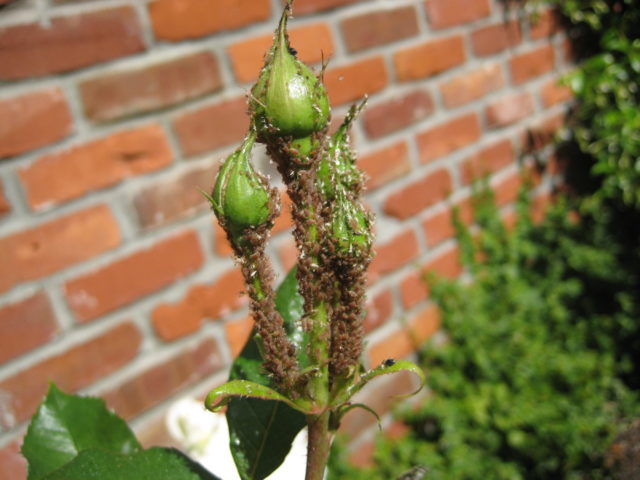Content
- 1 Breeding history
- 2 Description of the Graham Thomas rose variety and characteristics
- 3 Advantages and disadvantages
- 4 Austin Rose Breeding Methods To Sins Thomas
- 5 Growing and caring for the English rose Graham Thomas
- 6 Pests and diseases
- 7 English bush roses Graham Thomas in landscape design
- 8 Conclusion
- 9 Reviews about growing roses to Graham Thomas in Siberia
The English rose Graham Thomas is an amazing, sunny ornamental crop that is grown with great success everywhere. Bright, large buds of Graham Thomas are able to add sunshine to any, even the most shady corner of the garden.
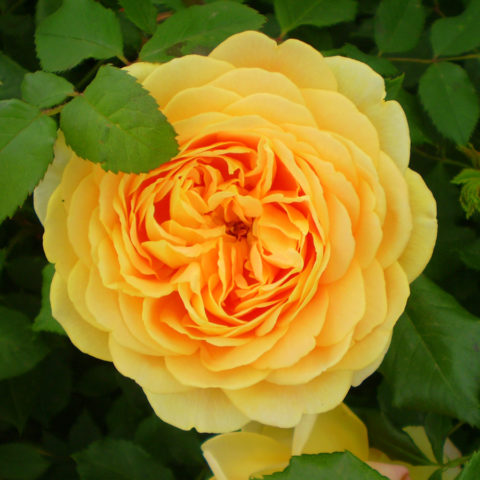
Graham Thomas exudes a captivating citrus scent with subtle notes of tea tree
Breeding history
The English rose Graham Thomas is a cross between two well-known varieties Charles Austin and Iceberg. The authorship belongs to the English breeder David Austin. The variety was bred in 1983. Thomas Graham is Austin's colleague and friend, after whom the new decorative culture was named.
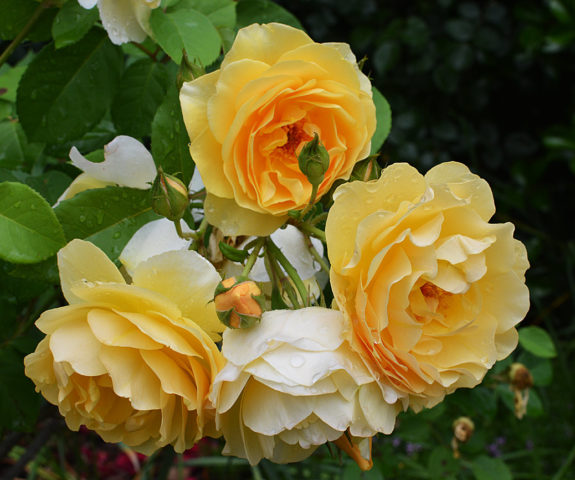
For the first time, the variety was announced at an exhibition in Chelsea, where the English queen of flowers Graham Thomas won the leading position.
Description of the Graham Thomas rose variety and characteristics
The English decorative culture of Graham Thomas is a spectacular decoration for any garden. For more than 30 years, the variety has been overwhelmingly popular among gardeners and fashionable landscape designers around the world, due to its exceptional simplicity, strong immunity to pathogens and pests.
The plant is easy to distinguish among other popular species, thanks to its magical aroma, bright and memorable appearance:
- bush height 1.5-5 m;
- the diameter of the bush is about 1 m;
- the shape of the bush is spreading, dense;
- shoots - flexible, long, with few thorns;
- the number of buds on one shoot is from 3 to 8 pieces;
- petal color - peach, honey, yellow, golden yellow;
- flower diameter up to 10 cm;
- the shape of the flowers is terry;
- the texture of the petals is soft, delicate, smooth, even, with slightly wavy edges;
- the number of petals - up to 80 pieces;
- leaves are large, elongated;
- the color of the leaves is dark green;
- aroma is strong, fruity, with a tea tree scent.
Despite the graceful appearance and belonging to the royal family, the ornamental plant is perfectly adapted to growing even in the most difficult natural conditions:
- the culture grows and develops successfully in conditions of little shade;
- the plant shows an enviable resistance to most pathogens and pests;
- rose bushes successfully overwinter even in difficult conditions of the Russian north (require shelter).
Blooming all summer long, the sunny yellow English park rose Graham Thomas is more likely the rule than the exception. The plant buds intensively throughout the season. The buds bloom alternately, preventing the inflorescences from losing their splendor. It is noteworthy that all roses on Graham Thomas are almost the same in size, they consist of densely stuffed petals that form a regular cup-shaped shape with a tightly closed center.
The flowers that have not yet blossomed are characterized by a special, unique peach shade with a barely noticeable red tint. Under the influence of bright sunlight, the petals fade noticeably. Therefore, it seems that the Graham Thomas rose is "covered" with a myriad of buds of the most intricate shades of yellow. On one bush, several dozen roses of various shades of honey color can be colored at once.
The undulating, re-blooming of the rose lasts all summer, accompanied by an amazing, sweet, delicate aroma with hints of tea tree and fresh fruit.
A record number of buds are blooming in June. Due to the rapid shedding of petals, the flowers of the English park Graham Thomas are not suitable for cutting.
Another amazing feature of this variety is the fact that during the rain, some of the buds do not open at all.
The rose is a powerful, well-developed shrub with graceful, arched shoots. The branches of the decorative culture can be cut or formed into a variety of designer floristic forms.
Graham Thomas leaves themselves are a decoration of the plant. At the beginning of summer, the leaf plates are painted in a delicate, yellow-green color. By the middle of the hot season, they turn dark green with a characteristic gloss.
The dormant period for a plant is autumn, winter and spring.
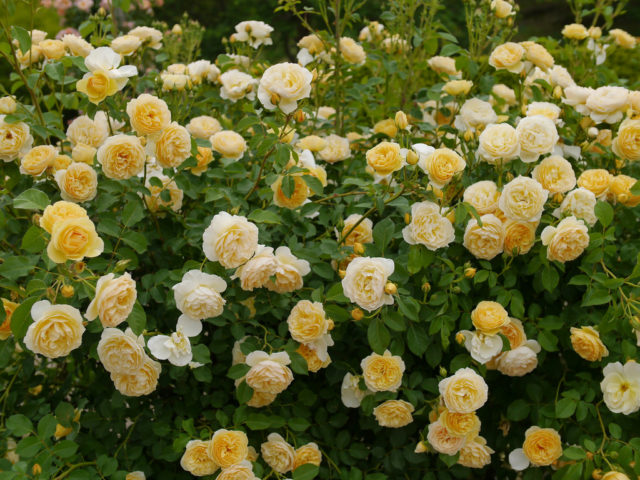
On the site, one Graham Thomas bush covers an area of up to 1 m²
Advantages and disadvantages
The advantages of the English rose variety Graham Thomas can be distinguished in a separate list:
- beautiful terry bud shape;
- inimitable fruity aroma;
- long flowering;
- resistance to diseases and pests;
- frost resistance.
The main disadvantage is the insufficiently bright color palette.
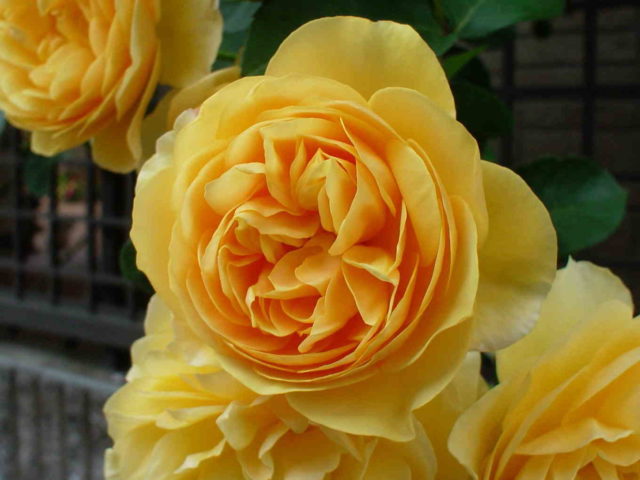
The most intensely bright scent of Graham Thomas appears in cloudy weather.
Austin Rose Breeding Methods To Sins Thomas
Rose of Austin to Sins Thomas reproduces in a universal way (cuttings, layering, ready-made seedlings).
Dividing with ready-made seedlings is the most optimal and always 100% effective method. The material is transplanted into open ground in spring or autumn. Young plants are prepared for moving in advance:
- the seedlings are kept in a root-forming solution for about 2 days;
- holes are formed at a distance of 50 cm from each other;
- moisten the planting pits (at the rate of 10 liters per seedling);
- seedlings are moved into holes 50 cm deep and wide, sprinkled with earth to the level of the grafting bud, watered.
To the "place of residence" rose Graham Thomas is undemanding. The plant grows well in sunny areas and with little shade. The soil for the English rose Graham Thomas must meet the following requirements:
- well drained;
- loose;
- slightly acidic;
- fertile;
- fertilized with organic matter.
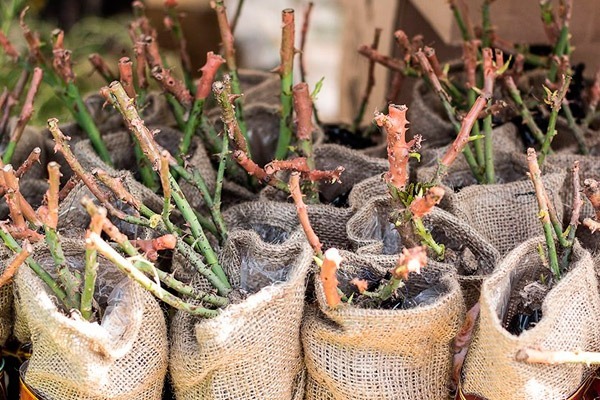
The land around the bushes is spud up a day after planting.
Growing and caring for the English rose Graham Thomas
Caring for the English rose Graham Thomas is not distinguished by complex agricultural techniques:
- moderate watering only when the top layer of the earth dries up;
- maintaining a sufficient level of humidity;
- regular feeding with organic and complex mineral fertilizers for flowering plants;
- annual sanitary pruning (removal of dry, wilted leaves, stems, buds);
- pruning to form a bush;
- preparation for winter (pruning shoots to the base with buds, sprinkling with earth, foliage, shelter with polyethylene, agrofibre).
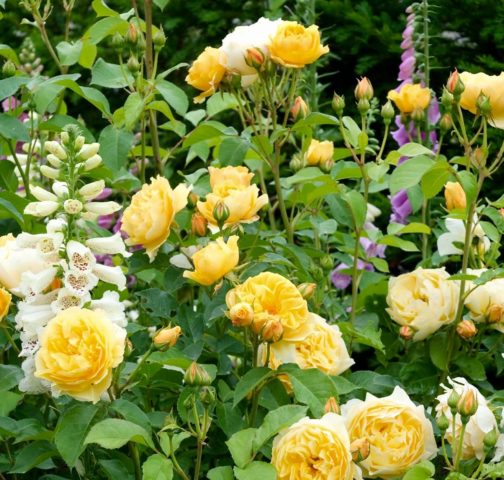
During flowering, English roses Graham Thomas need to be fed with mineral mixtures with a high potassium content
Pests and diseases
The English park rose Graham Thomas is characterized by persistent natural immunity. With improper care, the plant can be exposed to pests and ailments:
- Root mold can appear as a result of abundant or frequent watering.
Effectiveness in the fight against root mold fungi is shown by such drugs as Alirin, Fitosporin
- Gray rotb (causative agent - fungus Botrytis) provokes the appearance of unaesthetic gray spots on foliage and buds.
In case of detecting a fungal disease gray rot on Graham Thomas, Fundazol, Benorad, Benomil must be used
- Powdery mildew - a dangerous fungal disease that can cause the death of the bush. It appears as a white, mealy bloom on foliage.
For the prevention and treatment of powdery mildew on roses, Graham Thomas should use Topaz, Skor, Baktofit
- Aphid Are known sucking pests that feed on plant sap.
To combat aphids on roses, Graham Thomas can use folk methods (decoction of wormwood, tomato tops, tobacco)
English bush roses Graham Thomas in landscape design
English garden roses Graham Thomas are a magnificent decoration of the local area:
- in group compositions;
- as a tapeworm plant;
- for decorating gazebos, walls of buildings;
- to mask unsightly architectural forms;
- to create hedges.
The plant goes well with other varieties of roses, harmonizes well on the same bed with lilies, garden daisies, echinacea, phlox, lupine. The bright colors of the “neighbors” in the flowerbed effectively dilute the pastel constancy of the sunny yellow mood of the English park rose Graham Thomas.
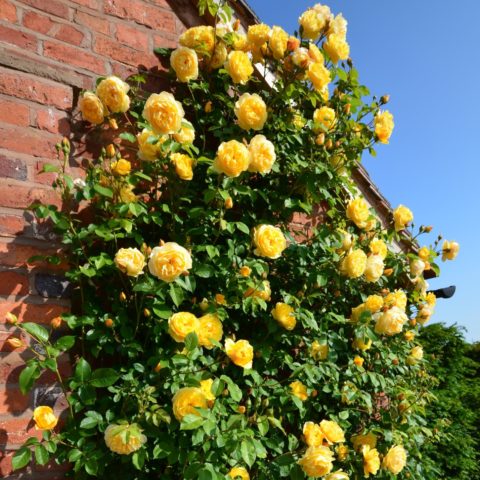
Due to the delicate color of the buds, English roses Graham Thomas are used with great success by florists and wedding designers.
Conclusion
The English rose Graham Thomas is an excellent choice for a small garden, a large garden plot and a large-scale park. The plant will perfectly fit into any stylistic direction of landscape design and will conquer with its unpretentiousness. The main bonus for owners of sunny yellow Graham Thomas is continuous flowering throughout the summer season.
Reviews about growing roses to Graham Thomas in Siberia
